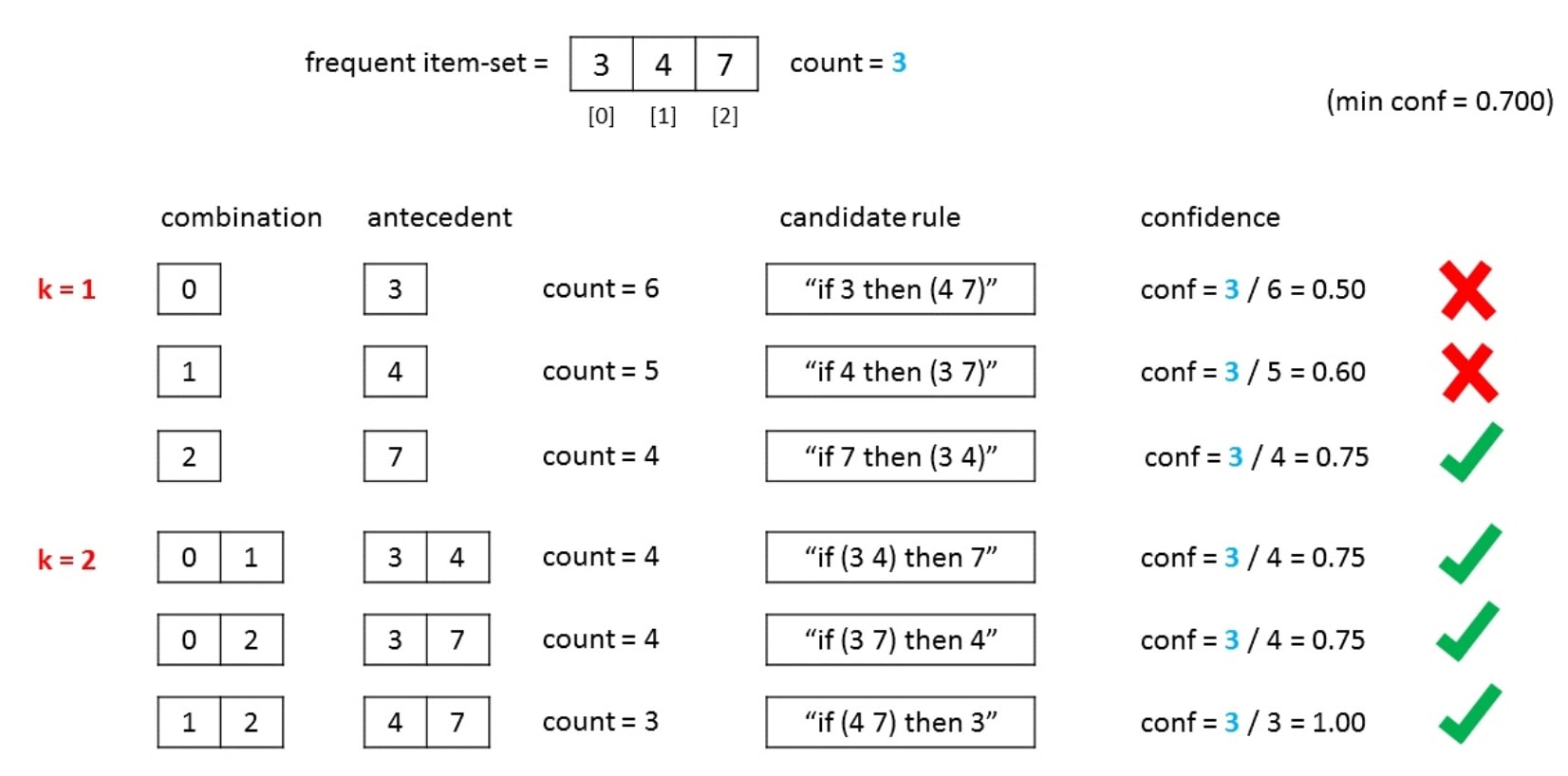Association rule learning is a machine-learning technique used to analyze and interpret large data sets. It can be used to identify relationships between data items, or elements, within the data set. The resulting association rules can then be used to make predictions about unobserved events or inferences about unrevealed patterns in the data.
Association rule learning is a form of unsupervised learning, which means it does not require any labels or responses. Instead, the algorithm attempts to find patterns and relationships based on the data alone. These patterns are then used to create “rules” that identify frequent associations between elements in the data set.
These rules can then be used for predictive modeling, clustering and classification tasks, such as identifying customer buying patterns, predicting future customer purchases, segmenting customers into groups, among many other applications. In addition, association rule learning can also be used in other data mining tasks such as search engines, credit card fraud detection, market segmentation, and web mining.
Compared with other machine-learning techniques, such as neural networks, support vector machines, and decision trees, association rule learning is considered easy to interpret. This makes the system particularly useful in situations where understanding the underlying principles of the data is important. While association rule learning does not require a lot of data, it does require enough data to find interesting and meaningful patterns.
As computers increasingly store and analyze large amounts of data, association rule learning is expected to become a powerful tool for data mining and predictive analytics.






